
Mallard, a similar species of Indian grouper, has a similar size, but its body color is obviously different. The male mallard duck has a green head and looks black from a distance, while the female duck has a darker head and a lighter body colour, so it is easy to recognize when flying or at a great...

Shoveler ducks often travel in pairs or small groups of 3-5, and can also be seen moving alone. They also gather in larger groups during the migration season. They often move and forage in muddy ponds and shallow waters. They often roam in shallow waters near the water, and are extremely cautious. I...
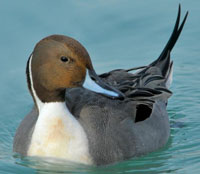
Pintail duck is a medium-sized waterfowl of the class Aves and the family Anatidae, belonging to the family of water ducks. It likes to live in groups, especially in the migration season and winter, often in large groups of dozens to hundreds of individuals. It moves and rests mostly in the waters n...
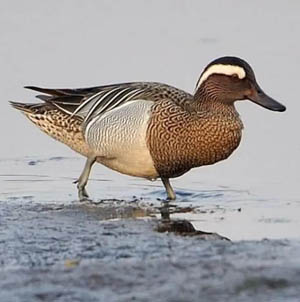
White-browed ducks often move in pairs or small groups, and also gather in large groups during migration and wintering. They are timid and alert, often moving and foraging in places covered by water plants. If there is a sound, they will immediately rush out of the water and rise straight up. They f...
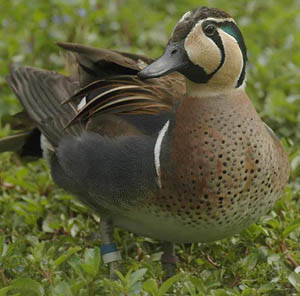
The Mandarin duck is a kind of duck that likes to gather in groups, especially in winter, and often gathers in large groups, and often mixes with other ducks. Individuals are slightly larger than green-winged teals, and slightly smaller than pintail ducks. The voice is noisy, and the call is loud an...
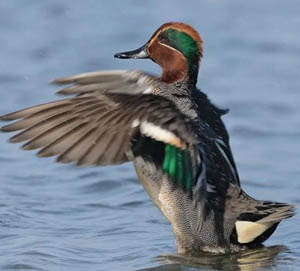
Green-winged ducks like to gather in groups, especially during the migration season and winter, often gathering in large groups of hundreds or even thousands of them. They fly fast, agile and powerful, with fast and loud wings flapping, and their heads stretched forward, often in a straight line or...
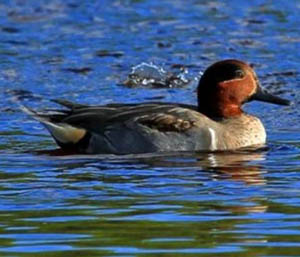
The American Green-winged Duck (Anascaro linensis) was discovered by birdwatchers Philip Hyde and Paul Hyde at Dongtan, Nanhui, Shanghai, and is a new record for Shanghai birds.The American Green-winged Duck inhabits shallow lakes, wetlands, ponds and winding rivers, feeding on aquatic invertebrates...
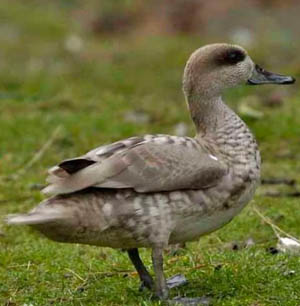
The Clouded Duck often moves in small groups. It often gathers in large groups in some important waters during the non-breeding season. It is active in the early morning and dusk. It spends most of the day floating in the emergent plants or perching on branches that are partially submerged in water....
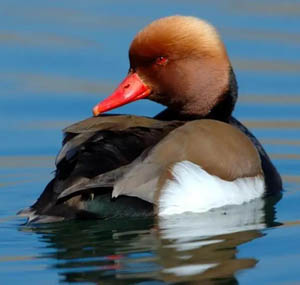
Red-billed Pochards are slow-witted and not very afraid of people. They are not good at calling, and often move in pairs or small groups, sometimes in large groups of hundreds. When resting, they often rest in groups on the sandbanks and islands in the middle of the lake with water plants, and they...
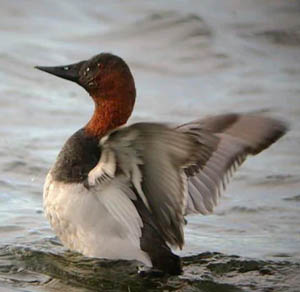
Sailback ducks are migratory birds. They migrate regularly between their breeding grounds and wintering grounds in spring and autumn. They often gather in large groups during migration, forming a "V" formation. They fly at a high altitude and occasionally drift to China.They often move in...

Commonly seen in open waters with reeds and good cover, they live in open lakes and reservoirs during the winter. They often form small groups of 10-30 or mixed groups with Crested Pochards, Shovelers, etc. They often move in groups, especially in large groups during the migration season and winter....
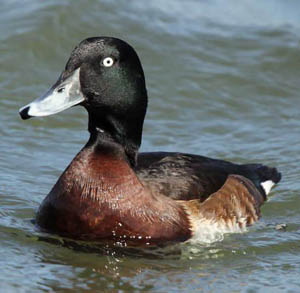
The blue-headed duck is a migratory bird. It migrates from the wintering grounds in the south to the north for breeding in mid-March every year; it starts to migrate to the south in mid-October in autumn, and a few migrate as late as early November. During migration, it gathers in small groups of mo...
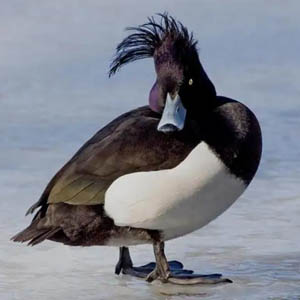
The Crested Pochard is a migratory bird. Every year in late March and early April, it migrates from its wintering grounds in the south to North China and southern Northeast China, and arrives at Changbai Mountain in the eastern part of Northeast China and Heilongjiang Province in the northern part o...
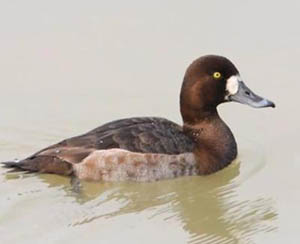
The Spotted Duck is a migratory bird. It begins to migrate to China for wintering in early October every autumn and leaves in early April to early May in spring. It moves in pairs during the breeding season and in groups during the non-breeding season. Sometimes it also moves in mixed groups with ot...
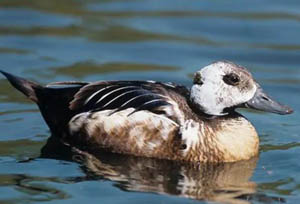
Little eider ducks like to live in groups. Except for the period of nesting and laying eggs, they live in groups almost all year round, especially during molting, migration and wintering, often in large groups of thousands or even tens of thousands. They fly fast and lightly, flap their wings quickl...
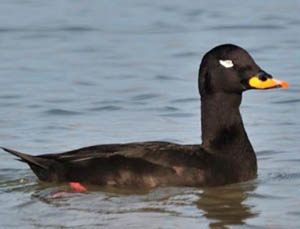
The Spotted-faced Muscovy is a medium-sized, dark, short, flat sea duck. It belongs to the diving duck family. It can dive underwater for considerable distances, up to 5 to 10 meters deep, sometimes even more. It likes to gather in groups, often flying in small groups, generally migrating short dist...
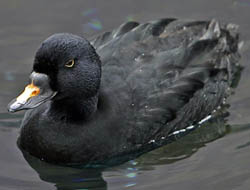
The Black Sea Muscovy Duck likes to gather in groups, and almost always moves in groups throughout the year. Sometimes males and females gather separately. Female birds usually winter further north. They often live on the water surface near the coast and islands, and are sometimes seen in inland fre...

Long-tailed ducks begin to migrate to their breeding grounds in early March. A small number of them are still seen in Dalian Bay, China in mid-March. In some places in the Far East, they continue to migrate northward until mid-May. They often migrate in small groups. When they first arrive at their...
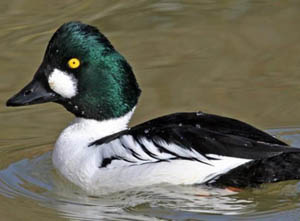
The magpie duck is a common wild duck in the eastern coastal areas and inland lakes and swamps of China. It is abundant in number. Since 1986, it has been found that it is common in the Songhua River and Yalu River in Jilin Province, the coast of Liaodong Peninsula in Liaoning Province and the lower...
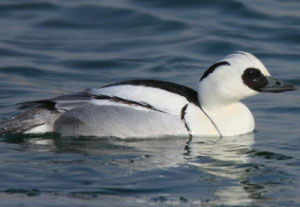
The white merganser, also known as the spotted-headed merganser or panda duck, is a water duck of the Anatidae family and the genus Aglajidae. The male bird has mainly black and white feathers, while the female bird has dark brown upper body and white lower body. It breeds in tree holes or swamp wat...